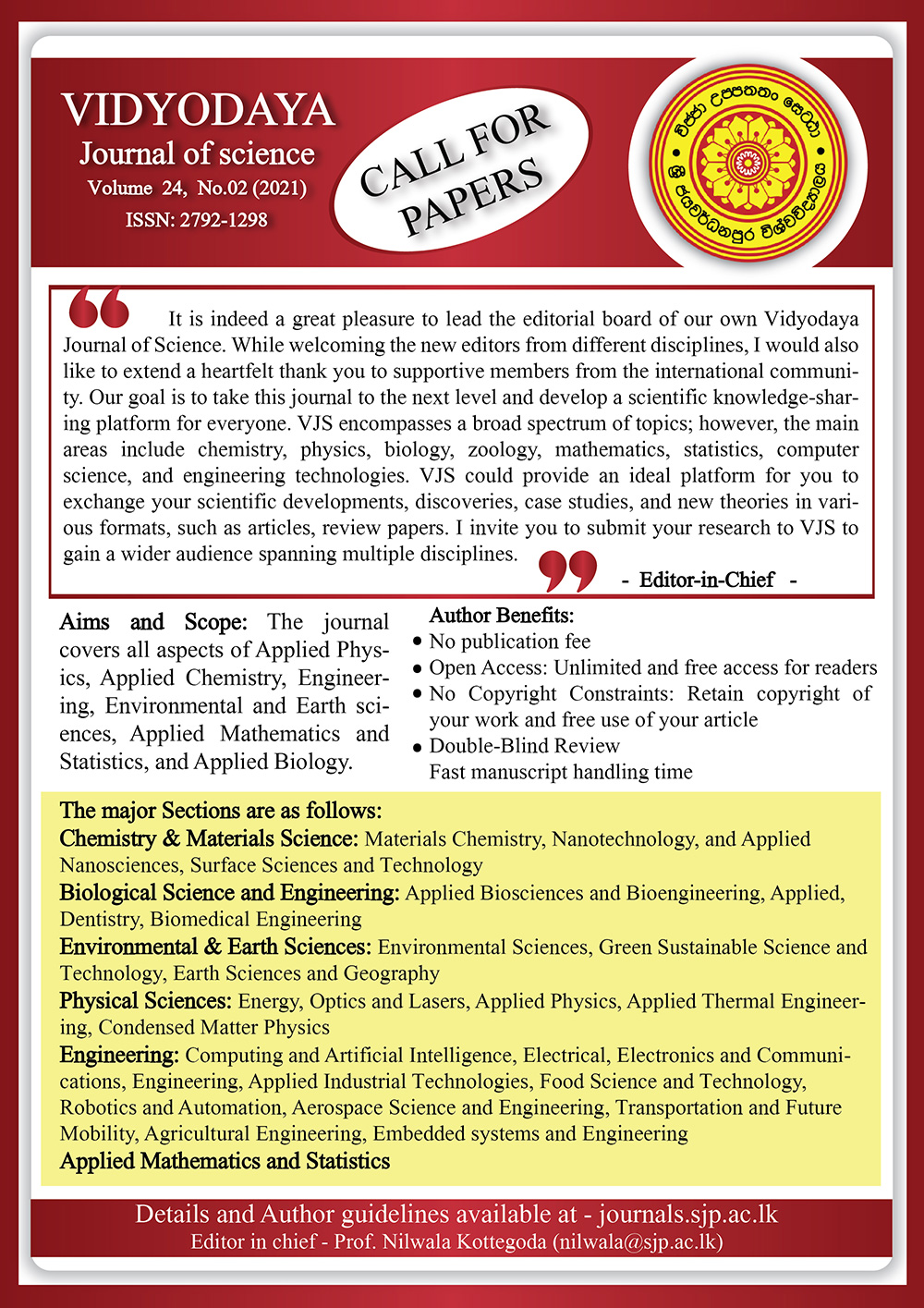Long-Acting Antimicrobial Formulations: A Promising Frontier in Combating Neglected Tropical Diseases
DOI:
https://doi.org/10.31357/vjs.v1i03.8428Abstract
Neglected Tropical Diseases (NTDs) are a group of infectious diseases that affect over 1.5 billion people worldwide, predominantly in tropical and subtropical regions. These infections are caused by vector-borne pathogens, soil-transmitted helminths, and non-tuberculous mycobacteria. NTDs are largely concentrated in resource limited countries with inadequate sanitation, water, and healthcare. The global burden of NTDs, estimated at 56.6 million Disability-Adjusted Life Years (DALYs), is comparable to that of HIV/AIDS. Despite efforts from the World Health Organization (WHO) to control NTDs, challenges persist in treatment and control strategies, particularly due to the absence of effective vaccines and the complexity of existing frequently administered therapies. Longacting antimicrobial formulations (LAFs) have emerged as a promising solution for improving therapeutic outcomes by providing sustained duration of drug action, enhancing patient compliance, and treatment outcomes. These formulations are being developed for several NTDs, including Leishmaniasis, Chagas disease, and Onchocerciasis. Innovations in drug delivery technologies, such as injectable depot formulations, liposomal approaches, biodegradable and non-biodegradable devices, have proven effective in other disease areas and are being applied to NTDs. Despite significant progress made, several scientific, economic, implementation and regulatory challenges exist. This review explores the potential future role of LAFs for NTD treatment and how collaborative global efforts could potentially improve access to these innovative therapies.



